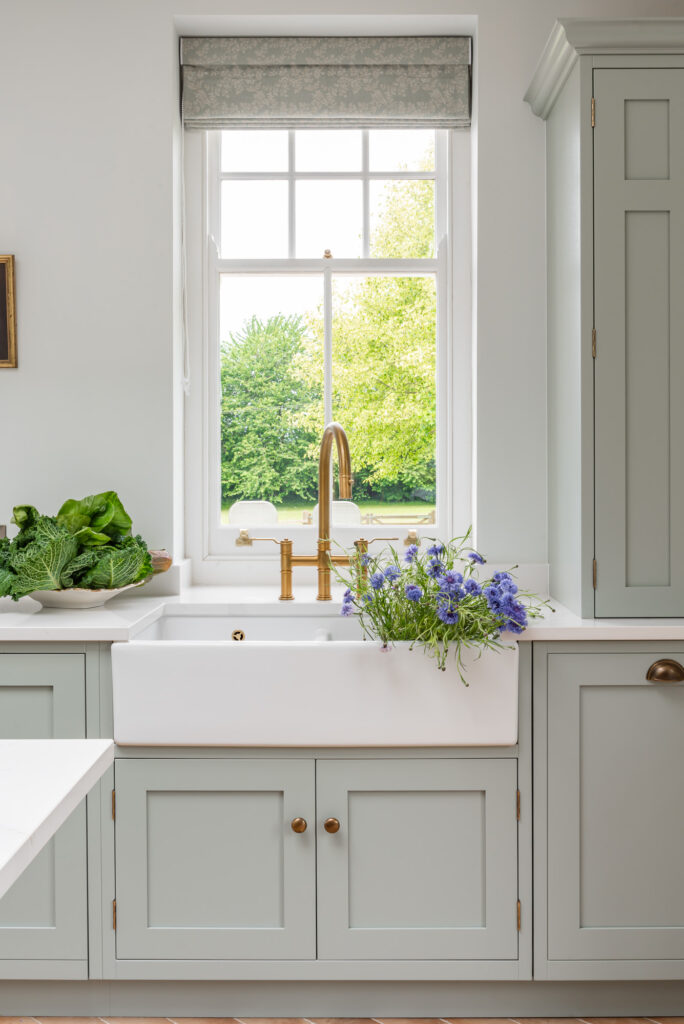
Kitchens are tough places for materials: heat, moisture, and daily use are a given. Oak is familiar and strong, but it isn’t always ideal here. Over time it can develop an orange hue, and black marks may appear where water sits – think damp pans or wet trays left on a shelf.
As part of our ongoing improvements, we’ve updated our cabinet interiors to Paulownia wood: a beautiful, pale, neutral hardwood with a raw oak look. It’s stable, more resistant to water staining, and has an excellent strength-to-weight ratio. This wood replaces the oak-veneered interiors we used previously and gives the inside of each cabinet a refined appearance that stays far more consistent over time.
Paulownia: the wonder wood
So what is Paulownia? Also known as the princess tree, empress tree, or foxglove tree, it originated in the Far East. In Japan it’s considered sacred – a bearer of happiness and prosperity. In spring it blooms with large, bell-shaped flowers (similar to wisteria) that last for over two months in blue-lilac or white.
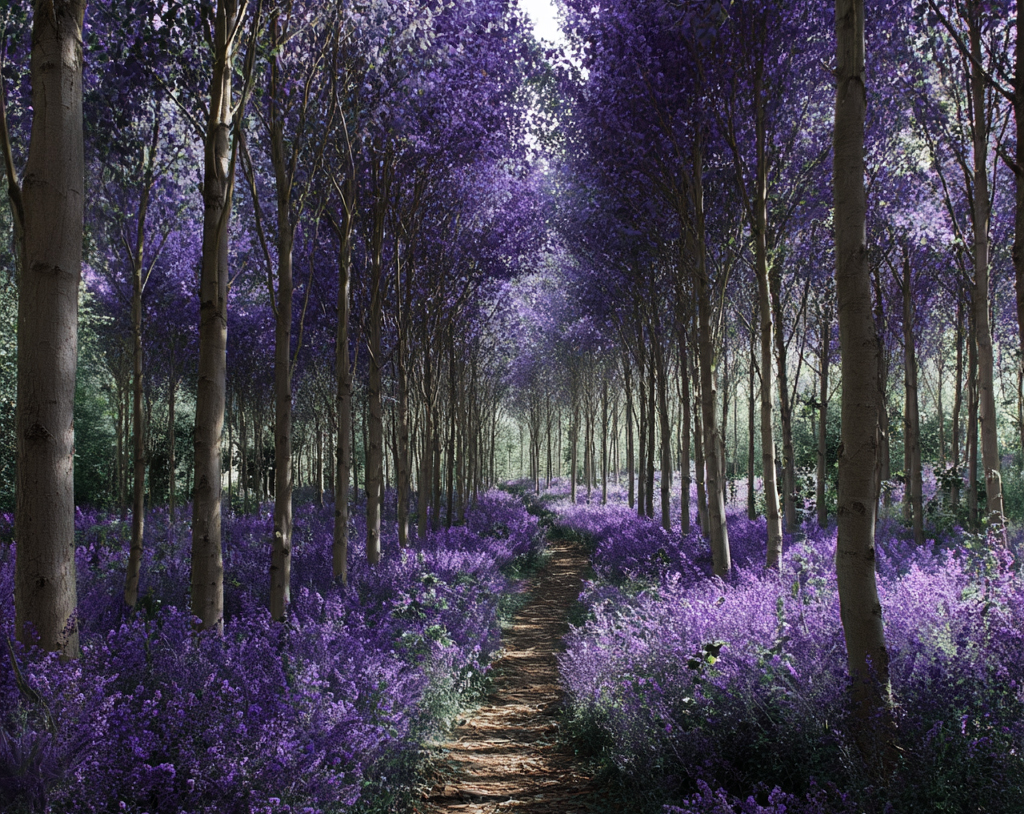
Beyond its looks, the timber has remarkable eco credentials:
- Air-cleaning powerhouse: Paulownia helps clean polluted air and has the highest absorption of CO₂, up to 10× more than any other tree species.
- Serious carbon capture: One acre of Paulownia trees absorbs 13 tonnes of CO₂ and emits over 2 tonnes of oxygen per year.
- Blazingly fast growth: The fastest-growing tree, reaching up to 10 feet per year.
- Regenerates after harvest: After felling, the tree doesn’t die; it regenerates from its original root system and grows more vigorously. A tree can live up to 100 years with repeated cuts.
- Dimensionally stable & strong: Great stability and high resistance to bending; compressive strength index exceeding 280 kg/cm².
- Water-wise: Notably water-repellent with low moisture absorption.
- Safety benefits: More fire-resistant than most woods and ignites above 400 °C.
- Light yet mighty: Lighter than oak and easier to handle, with the highest strength-to-weight ratio of any timber.
- Naturally insulating: Low thermal conductivity, so it insulates better than denser hardwoods such as oak.
- Cleaner boards: When grown correctly, the grain is straight and largely free of knots, so more of the wood can be used.
- Good for the environment: No chemical treatments needed – it’s naturally resistant to termites, insects, and other parasites.
A cleaner, more neutral interior
Paulownia’s fine, straight grain takes our clear lacquer evenly and holds its pale tone, without shifting to yellow or orange as oak can over time. Its very low tannin content helps prevent black stains caused by moisture.
The result is a neutral interior that works with both painted and natural wood kitchens. The timber is clean and consistent, with few knots, giving shelves and cabinet interiors a smooth, uniform appearance.
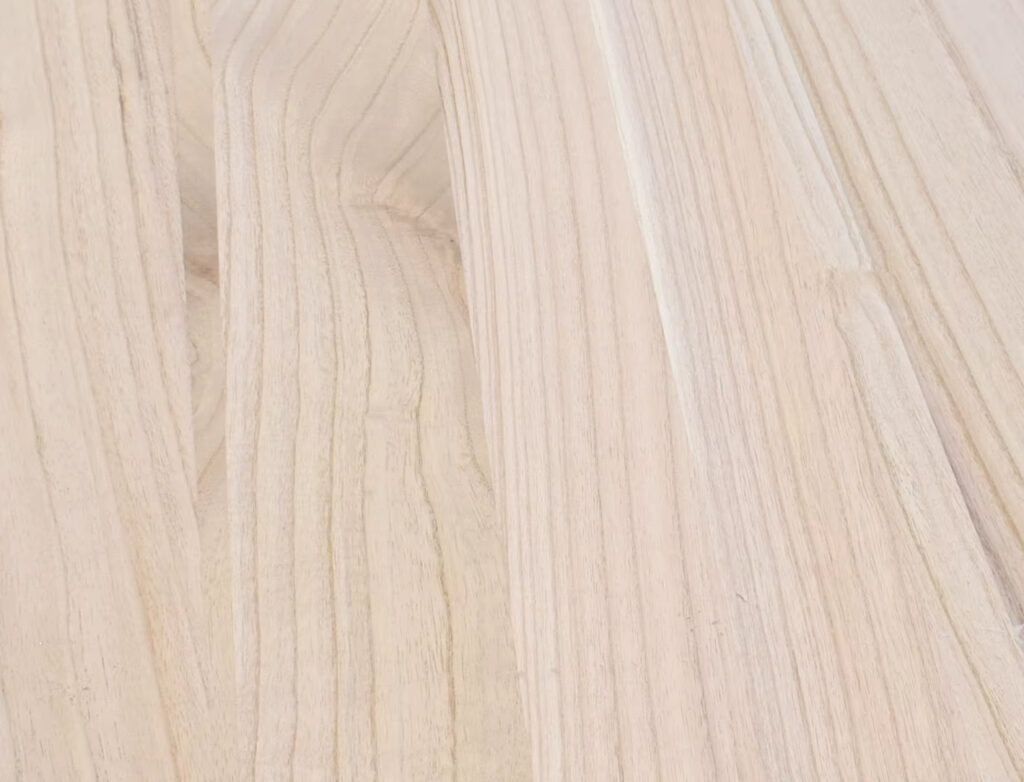
Thoughtfully sourced
Paulownia reaches maturity in six to seven years and regenerates from its root system, allowing multiple harvests without replanting. This rapid growth makes it one of the most renewable hardwoods used in cabinetry.
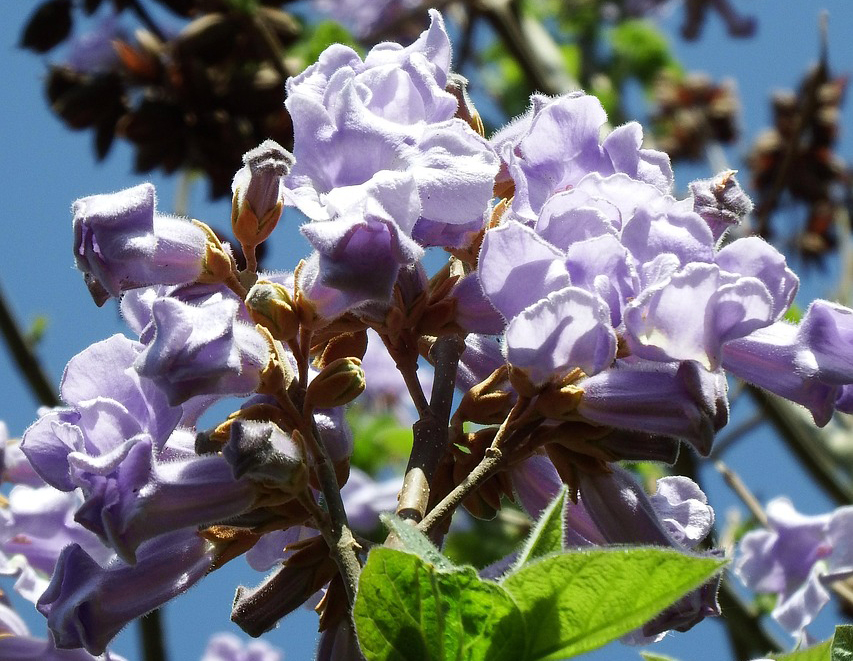
Environmentally, it performs brilliantly. Fast-growing and high in carbon uptake, Paulownia has been shown to absorb significantly more CO₂ than many slower-growing species such as oak. It requires no chemical treatment thanks to its natural resistance to rot and insects, and it thrives in a wide range of soils and climates with little intervention.
These qualities reduce impact across the board – from cultivation and processing to transport and use – making Paulownia a considered, low-impact material for cabinetry.
We’ve even secured land to plant a Paulownia forest next to our new high-tech factory being built in Northamptonshire, underscoring our commitment to the environment.
Built with the same traditional methods
Our cabinet carcasses and shelves are made from engineered Paulownia hardwood. The doors and frames are Poplar, chosen for its smooth grain and flawless painted finish. These are paired with dovetailed solid oak drawer boxes on Blum full-extension soft-close runners, and solid brass butt hinges set into the frame for each door.
Each cabinet is still built as a single unit with a full hardwood top in our workshops (most companies omit the top due to cost), making our units more rigid and helping to prevent twisting over time. The construction, fit and finish remain exactly as before. The only change is the internal material, refining performance and appearance while maintaining our build quality.
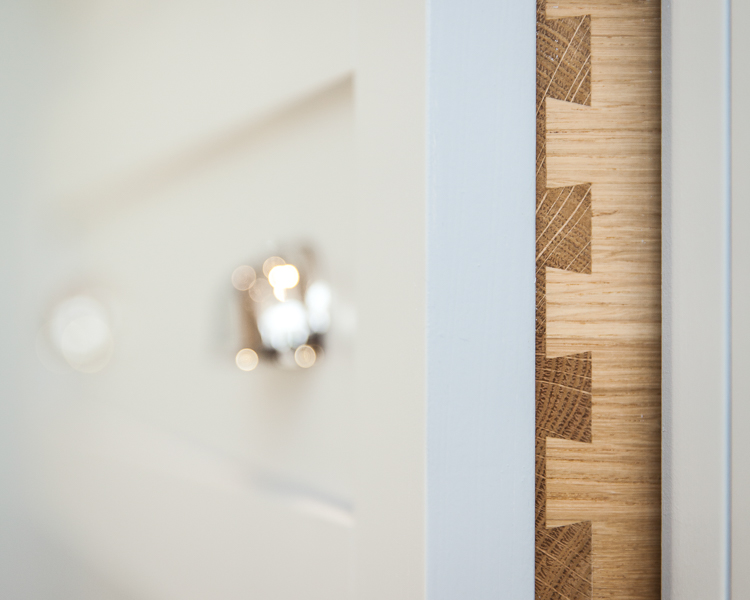
If you’d like to see or feel the difference, we’d be delighted to welcome you to the showroom or talk through your project.
 Bespoke made in 10-12 weeks
Bespoke made in 10-12 weeks  National Installation
National Installation  Worldwide Shipping
Worldwide Shipping 
